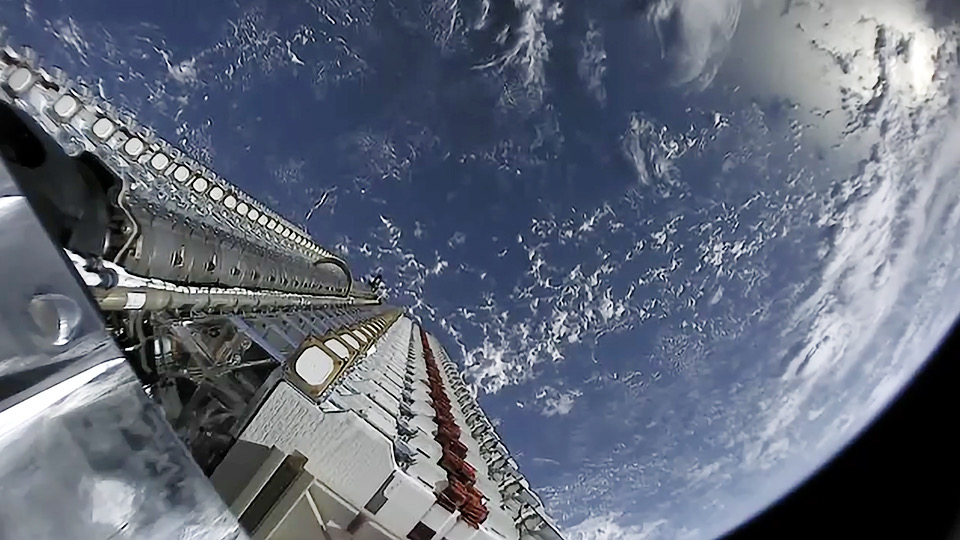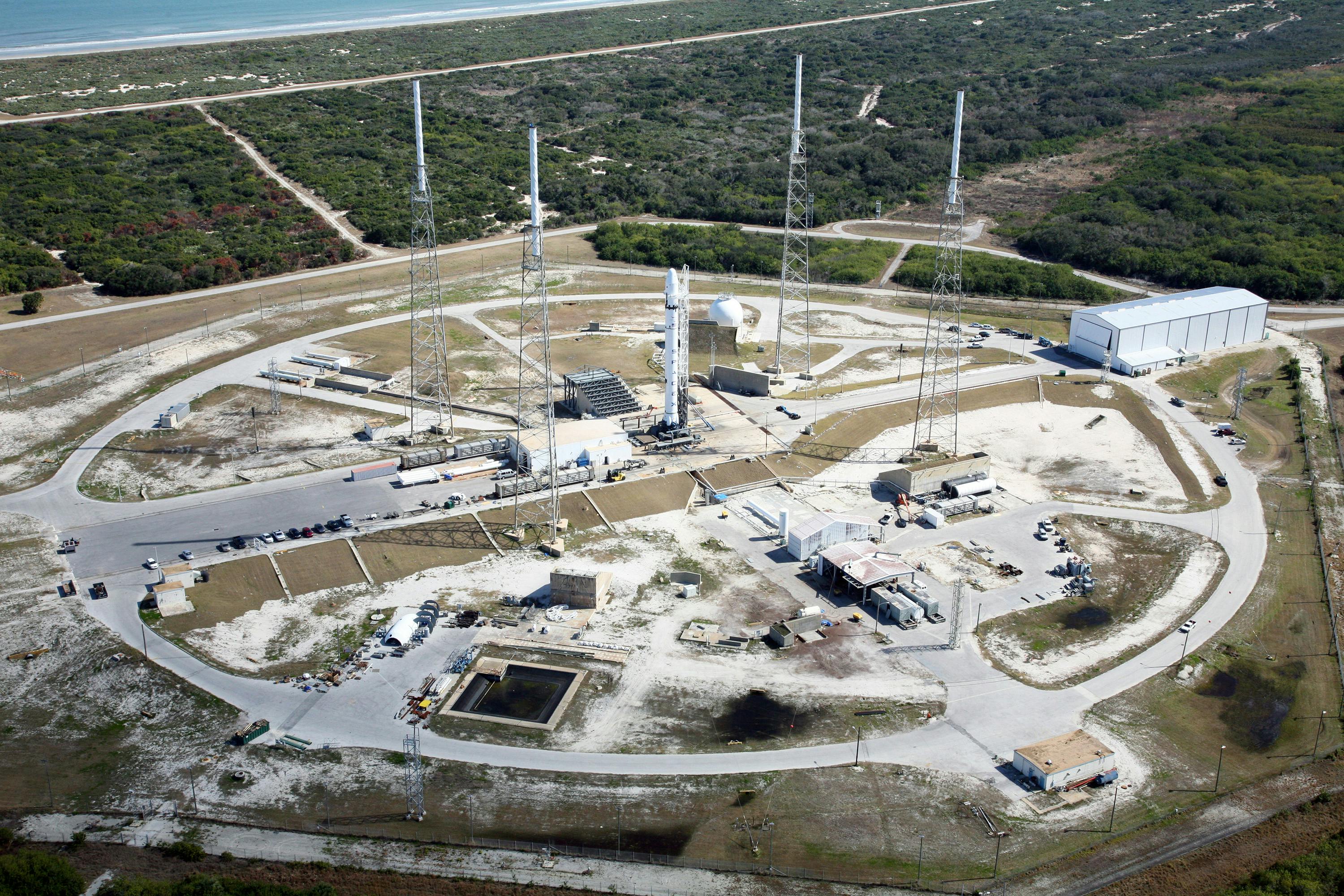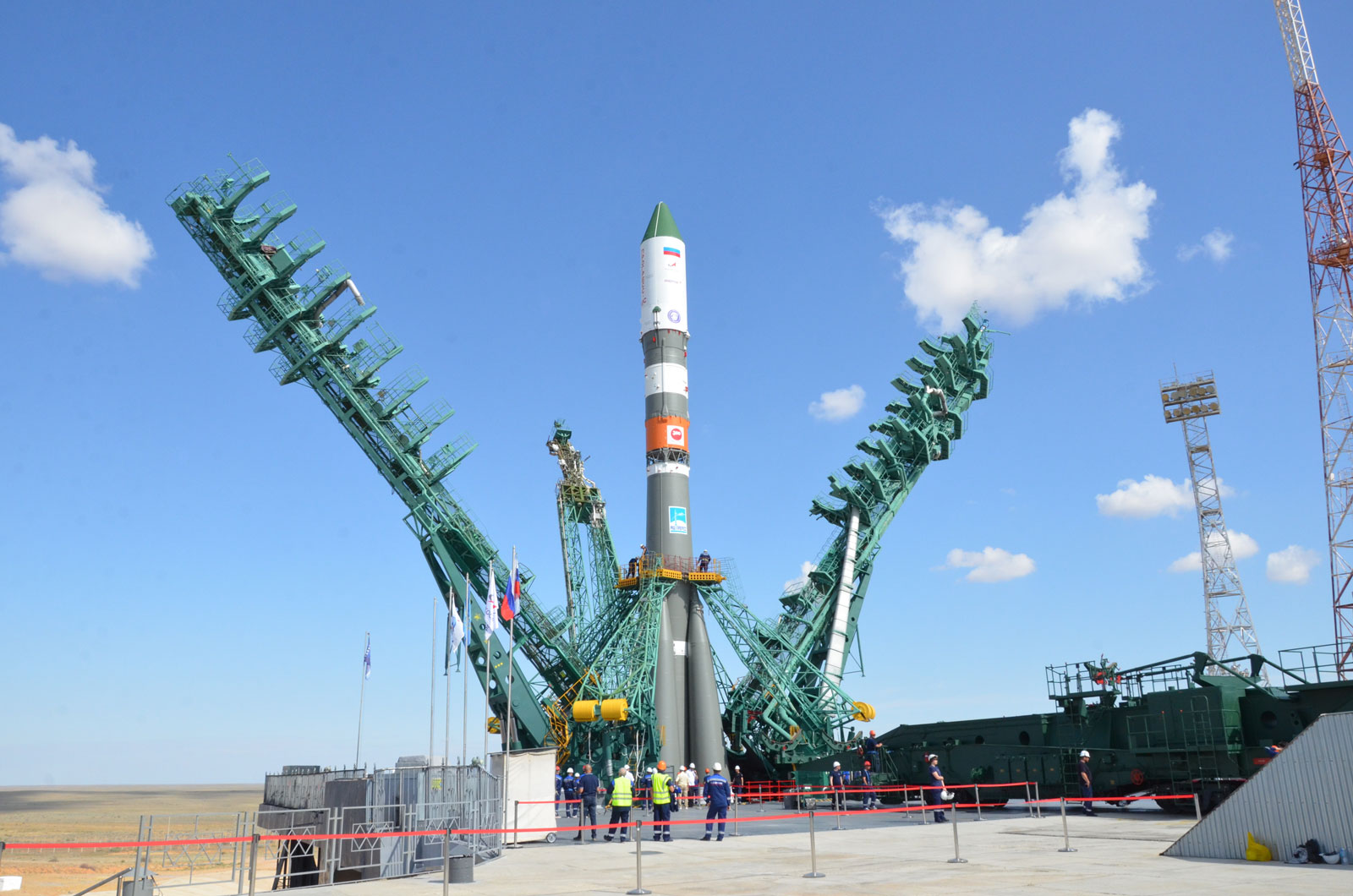· space brief · 6 min read
Space Brief 29 Jul 2025
Today's brief covers developments in space traffic management, the X-37B spaceplane's upcoming mission, and satellite interference with radio telescopes.

📄Top Stories
In today’s top stories, House appropriators propose increasing the Defense Department’s role in space traffic management systems. The U.S. military’s X-37B spaceplane gears up for its eighth mission, demonstrating advanced technologies. Meanwhile, recent studies highlight increasing interference from Starlink satellites with radio telescope observations, raising concerns among astronomers.
📰Detailed Coverage
House Moves to Strengthen Defense’s Role in Space Traffic Management
The proposed House appropriations bill seeks to enhance the civil space traffic coordination system’s reliance on the Defense Department. This initiative is designed to bolster the system’s efficiency in managing increasing space traffic and reducing potential collisions.
The TraCSS program, a civil space traffic coordination initiative, currently benefits from collaboration with various governmental bodies. By further integrating Defense Department capabilities, the program aims to leverage advanced technologies for improved satellite tracking and collision avoidance. This development is significant for satellite tracking, offering potential enhancements to tracking accuracy and real-time data availability.
Read the full story: SpaceNews
X-37B Spaceplane Prepares for New Mission
The U.S. military’s X-37B spaceplane is set for its eighth mission, focusing on technological demonstrations for GPS-denied navigation and integrating into space networks. This mission further exemplifies the spaceplane’s role as a test-bed for futuristic satellite technologies, which could influence future military and civilian space operations.
The reusable X-37B has been pivotal in testing and deploying cutting-edge technologies, providing crucial insights into system performance in real space environments. These tests include evaluating new communication protocols and robust tracking solutions, aligning with our web app’s focus on advanced satellite tracking features.
Read the full story: SpaceNews
Starlink Satellite Interference in Radio Astronomy
An extensive study by Curtin University highlights the interference caused by the Starlink satellite constellation on radio telescope arrays. This interference occurs in frequency bands that are supposed to be signal-free, impacting astronomical observations and raising broader concerns about satellite proliferation.
The issue of satellite interference is becoming increasingly pertinent as more constellations are launched. The findings urge the space community to address these challenges to ensure the integrity of space-based observations and activities related to satellite tracking. Solutions may include improved coordination between satellite operators and stricter regulatory measures.
Read the full story: Space.com
Golden Dome Missile Shield Leadership Change
General Mike Guetlein has been appointed to oversee America’s “Golden Dome” missile defense system as part of its latest strategic enhancement. This initiative involves collaboration with various sectors to advance the nation’s missile defense capabilities.
The Golden Dome system represents a key aspect of U.S. defense strategy, involving high-tech developments and partnerships with industry and academia. This development underscores the critical role of satellite and tracking technologies in national defense efforts, highlighting areas for potential collaboration and innovation.
Read the full story: SpaceWar
China’s Ambitious Mars Sample-Return Plans
China’s Tianwen 3 mission aims to bring back Martian samples by 2031. The mission, expected to launch around 2028, aims to transport at least 500 grams of Martian material back to Earth, marking a significant milestone in planetary exploration.
This mission underscores China’s growing capabilities in space exploration and its ambition to be at the forefront of such endeavors. The technical challenges involved in the sample-return mission will likely yield insights into interplanetary travel and enhance global scientific collaboration.
Read the full story: MarsDaily
Navy’s Initiative for Quick Prototype USVs
The U.S. Navy is seeking innovative solutions to develop unmanned surface vessels (USVs) capable of quick prototyping and mass production. The initiative stresses the importance of rapid deployment to enhance maritime operations.
This effort reflects the broader military trend towards automation and agile development practices. The push for quick-turnaround USVs is expected to integrate with existing naval strategies, supporting dynamic mission profiles and providing additional layers of situational awareness via advanced tracking solutions.
Read the full story: Breaking Defense
🛰️Satellite Spotlight
- Satellite Name: INTELSAT 4 (IS-4)
- NORAD ID: 23636
- Launch Date: August 3, 1995
- Mission: This satellite is primarily used for communication, providing vital connectivity for various service providers.
- Orbit: GEO (Geostationary Orbit)
- Operator: Panamsat
- Fun Fact: INTELSAT 4 was designed with a lifespan of 15 years and boasts multiple transponders operating across C-band and Ku-band frequencies.
Track this satellite in real-time on our web app: Track INTELSAT 4 (IS-4)
🌌Space Weather
Space weather conditions are currently quiet.
Current
R0 - S0 - G0
Last 24 Hour Maximums
R0 - S0 - G0
Recent Alerts
- Continued Alert: Electron 2MeV Integral Flux exceeded 1000 pfu.
- Yesterday Maximum 2MeV Flux: 1686 pfu.
- Potential Impacts: Satellite systems may experience significant charging resulting in increased risk to satellite systems.
Next 24 Hours
-
Radio Blackouts Probability
- Minor: 25
- Major: 5
- Risk: None
-
Solar Radiation
- Probability: 1
- Risk: None
-
Geomagnetic Storming
- Scale: 0
- Impact: None
- Activity: Low
-
Impact Summary
- Next 24 hours: No risk of radio blackouts or solar radiation storms.
- Geomagnetic outlook: No G1 (Minor) or greater geomagnetic storms are expected.
- No significant transient or recurrent solar wind features are forecast.
- Radiation outlook: No S1 (Minor) or greater solar radiation storms are expected.
- Solar activity is likely to be low with a chance for M-class flares (R1-R2/Minor-Moderate) through 31 July.
Long Term Forecast
- Forecast of Solar and Geomagnetic Activity (28 July - 23 August 2025)
- Solar activity is expected to be at mostly low levels with a chance for M-class (R1-R2, Minor to Moderate) flares during the outlook period.
- No proton events are expected at geosynchronous orbit.
- The greater than 2 MeV electron flux is expected to be at high levels on specific dates due to recurrent CH HSS influences.
- Geomagnetic field activity is expected to reach active to G1 (Minor) storm levels on several occasions due to recurrent CH HSS effects, with quieter conditions expected on other days.
Upcoming Space Launches
July 29
- Gilmour Space Technologies Eris-1:
- Maiden Flight from Bowen Orbital Spaceport (21:30 UTC) Maiden flight of Gilmour Space’s orbital launch vehicle Eris.
July 30
-
SpaceX Falcon 9:
- Starlink Group 10-29 from Cape Canaveral Space Force Station (03:30 UTC) A batch of 28 satellites for the Starlink mega-constellation - SpaceX’s project for space-based Internet communication system.
-
China Aerospace Science and Technology Corporation Long March 8A:
- SatNet LEO Group TBD from Wenchang Space Launch Site, China (07:41 UTC) A batch of Low Earth Orbit communication satellites for the Chinese state-owned SatNet constellation.
-
Indian Space Research Organization GSLV Mk II:
- NISAR (NASA-ISRO Synthetic Aperture Radar) from Satish Dhawan Space Centre, India (12:10 UTC) The NASA-ISRO Synthetic Aperture Radar satellite will map the elevation of Earth’s land and ice masses, aiding in natural hazard assessment and ecological studies.
-
SpaceX Falcon 9:
- Starlink Group 13-4 from Vandenberg Space Force Base, California, USA (15:39 UTC) A batch of 19 satellites for the Starlink mega-constellation - SpaceX’s project for space-based Internet communication system.
July 31
-
Rocket Lab HASTE:
- JAKE 4 from Wallops Flight Facility, Virginia, USA (01:45 UTC) Sub-orbital launch under Rocket Lab’s Hypersonic Accelerator Suborbital Test Electron program.
-
ExPace Kuaizhou-1A:
- Unknown Payload from Xichang Satellite Launch Center, China (01:51 UTC) Details TBD.
-
SpaceX Falcon 9:
- Crew-11 from Kennedy Space Center, Florida, USA (16:09 UTC) The eleventh crewed operational flight of a Crew Dragon spacecraft to the International Space Station as part of NASA’s Commercial Crew Program.
August 3
- SpaceX Falcon 9:
- Starlink Group 17-4 from Vandenberg Space Force Base, California, USA (02:05 UTC) A batch of 24 satellites for the Starlink mega-constellation - SpaceX’s project for space-based Internet communication system.
Note: Launch dates and times are subject to change due to technical or weather considerations.

Maurice Stellarski





